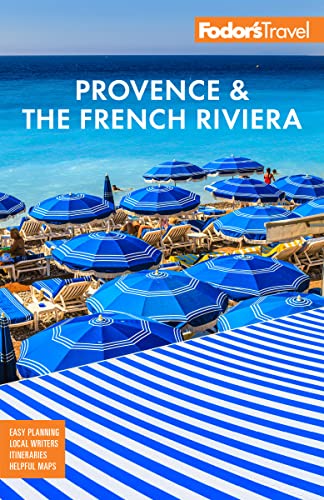Coco Chanel may have first set up shop in Cannes, but when she wanted to create her classic "No. 5" fragrance she headed to Grasse, the perfume capital of the world, with its mild microclimate, which nurtures nearly year-round shows of tropical-hue flowers: orange blossoms, pittosporum, roses, lavender, jasmine, and mimosa. In the past, Grasse's legendary perfume-makers laid blossoms facedown in a lard-smeared tray, then soaked the essence away in alcohol; nowadays the scents are condensed in vast copper stills. Only the essential oils are kept, and the water thrown away—except rosewater and orangewater, which find their way into delicately perfumed pastries. In Paris and on the outskirts of Grasse, these scents are blended by a professional nez, or "nose," who must distinguish some 500 distinct scents and may be able to identify 3,000. The products carry the household names of couturiers like Chanel and Dior, and perfume houses like Guerlain. The laboratories where these great blends are produced are off-limits to visitors, but to accommodate the crowds of inquisitive scent-seekers, Molinard, Fragonard, and Galimard each set up factories that create simple blends and demonstrate some of the industry's production techniques. Factory tours are free, and you pass through a boutique of house perfumes on the way out and—well, you get the idea. If you're looking for a more "scent-sational" experience, create your own perfume at Galimard et al. (and order refills online once back home), and be treated to VIP perks, like a glass of Champagne at the end of a workshop. The annual Jasmine Festival takes place over three days at the end of July with traditional floats and puppet shows.

- Photo: Veniamin Kraskov / Shutterstock





